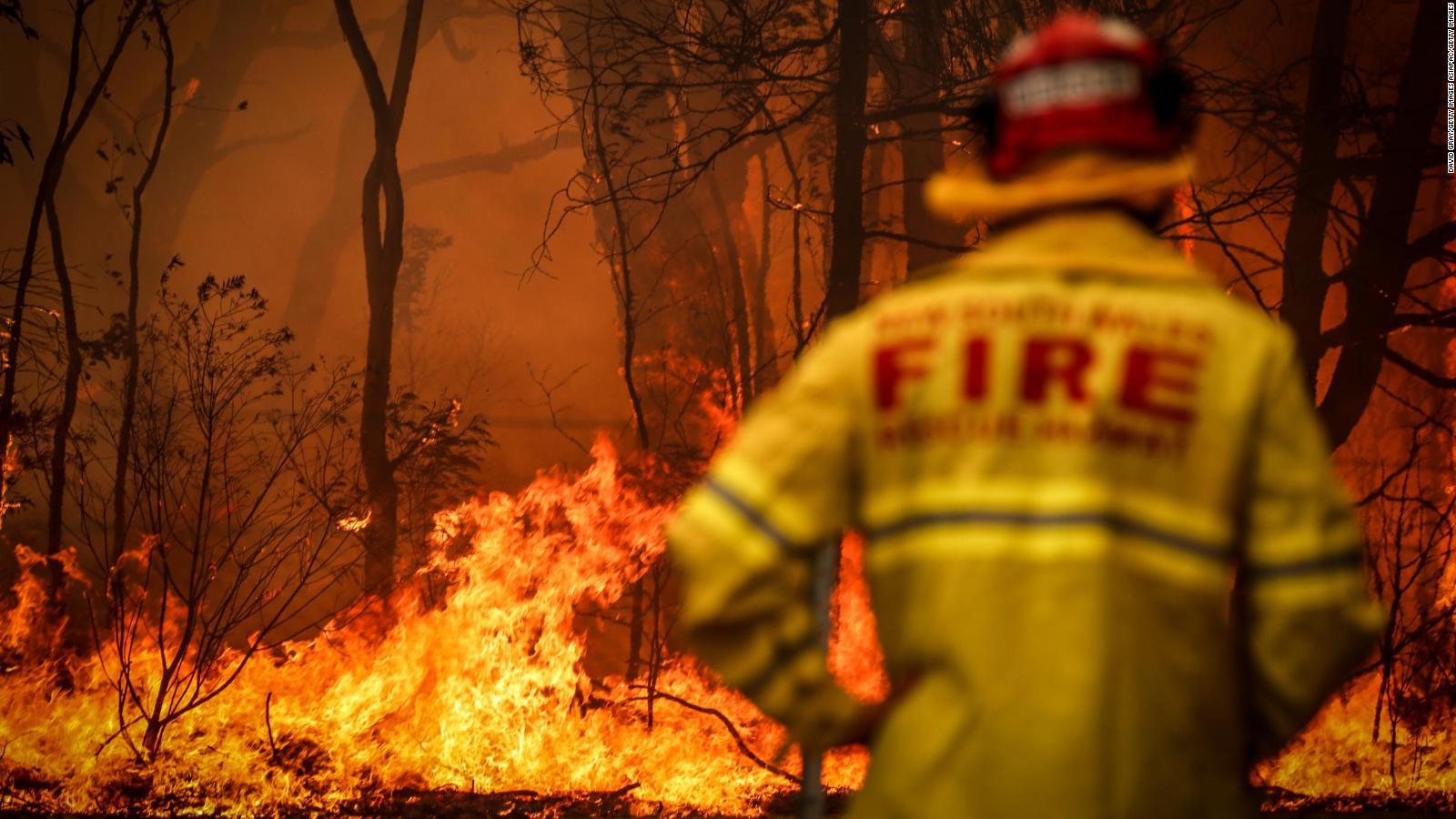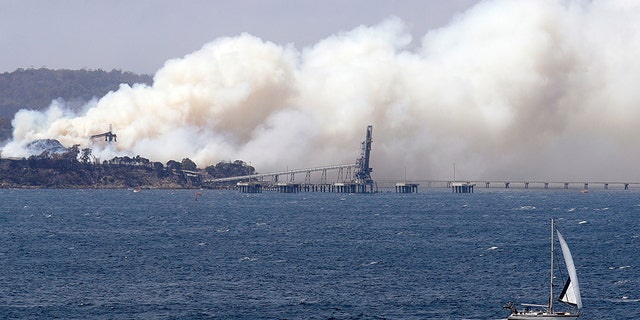But a 50,000-year-old solution could exist: Aboriginal burning practices.
Here's how it works.
Aboriginal people had a deep knowledge of the land, said historian Bill Gammage, an emeritus professor at Australian National University who studies Australian and Aboriginal history. They can feel the grass and know if it would burn well; they knew what types of fires to burn for what types of land, how long to burn, and how frequently.
"Skills like that, they have but we don't know," Gammage said.
Aboriginal techniques are based in part on fire prevention: ridding the land of fuel, like debris, scrub, undergrowth and certain grasses. The fuel alights easily, which allows for more intense flames that are harder to fight.
The Aboriginal people would set small-scale fires that weren't too intense and clear the land of the extra debris. The smaller intensity fires would lessen the impact on the insects and animals occupying the land, too, as well as protect the trees and the canopy.
And though current fire fighters on the ground still use some fuel control and hazard reduction techniques, Gammage said it's not enough.
"Some of it is being done, but not skillfully enough," he said. "We don't really take into account plants and animals that might be endangered by fire. And secondly, we don't really know what's the best time of year, how much burn, how to break up a fire front."
It's not like they know nothing, Gammage said, especially the firefighters on the ground. But he said it's not enough to make Australia safe.
Why Aboriginal techniques are so difficult to implement
Setting smaller, low-intensity fires to prevent larger bushfires may sound like common sense. In practice, though, it's really hard.
It comes down to knowledge, Gammage said. When do you a start a fire? What time of the year? What time of day? How long you want it to burn? What plants are there? What's the weather like — is there a drought like now?
"You have to have a lot of local skill," Gammage said.
He cited an example. In Australia, fires that are too hot actually allows the flammable undergrowth to germinate more. When early Europeans tried to copy Aboriginal techniques by lighting fires, they made the fires too hot, and got even more of the flammable scrub. So, they tried again. And again.
"Even though people can see the Aboriginese doing the fire control, and could see the benefits, they couldn't copy it," he said.
Now, the juxtaposition is clear.
"Where the Aboriginal people are in charge, they're not having big fires," Gammage said. "In the south, where white people are in charge, we are having the problems."
As climate change worsens, so will the fires
The bushfires in Australia are never going to go away but will get worse. That's according to Justin Leonard, a researcher dedicated to understanding bushfires and land management. Bushfires are ignited both naturally and by humans, but Leonard called them "inevitable."
Climate change only worsens the conditions for fires, he said. Droughts and hotter weather only make for more intense fires and longer fire seasons — changes that are already being observed, he said.
Under worsening conditions, fires are harder to put out: They grow too big to get to safely, and even aerial suppression isn't necessarily possible because of the wind.
So, what does that mean for indigenous fire techniques?
They'll still help, Leonard said. Areas that have undergone preventative burning lead to less intense fires. But the problem is, under the worst of conditions, the fire will still be able to burn straight through the land, despite any preventative measures.
Which means that towns are still in danger.
"We need to solve that inevitability by effective township design," Leonard said.
In other words, indigenous burning techniques aren't enough on their own. Communities will need to properly manicure adjacent forests, landscape their own private property, and have effective house design and maintenance, Leonard said.
Aboriginal techniques require more money. The cost might be worth it
The most common way fires are handled now is with medium-intensity fires, Leonard said. It's similar to these smaller, more frequent fires, except it burns a little hotter, covers more land and is just a little more intense.
Basically, it's more bang for your buck. And that's what this comes down to.
You have to "use limited budget on what will be the most prolific way" to prevent fires, Leonard said.
It takes a lot of labor to ignite small frequent fires everywhere — even just using these tactics near towns can be labor intensive, Leonard said.
Gammage noted that cost is a common concern when it comes to transitioning completely to Aboriginal fire practices. But he said he's not impressed by that argument.
"It's costing much more (to fight these fires)," he said. "Fires that destroy 2.5 million acres, which is what's happening now, it's shameful. It's a disgrace that anyone could let such terrible fires run amok."
What Australians should really learn from the Aboriginal people is custodianship over the land, Leonard said. The way Aboriginal people deeply know and care for the land is something Australians should ponder and embrace.
Gammage pointed to an incident on Tuesday, when a local fire brigade managed to steer a bushfire around their community, despite being told their town was "undefendable," according
to the Sydney Morning Herald.
The brigade, using their knowledge of the land, stayed behind while others evacuated. And rather than burn right through their town, the brigade was able to save houses and prevent deaths.
It just shows the importance of knowing local fire conditions, Gammage said. Knowing the land -- just as the Aboriginal people do.
https://news.google.com/__i/rss/rd/articles/CBMiTmh0dHBzOi8vd3d3LmNubi5jb20vMjAyMC8wMS8xMi93b3JsZC9hYm9yaWdpbmFsLWF1c3RyYWxpYS1maXJlLXRybmQvaW5kZXguaHRtbNIBUmh0dHBzOi8vYW1wLmNubi5jb20vY25uLzIwMjAvMDEvMTIvd29ybGQvYWJvcmlnaW5hbC1hdXN0cmFsaWEtZmlyZS10cm5kL2luZGV4Lmh0bWw?oc=5













